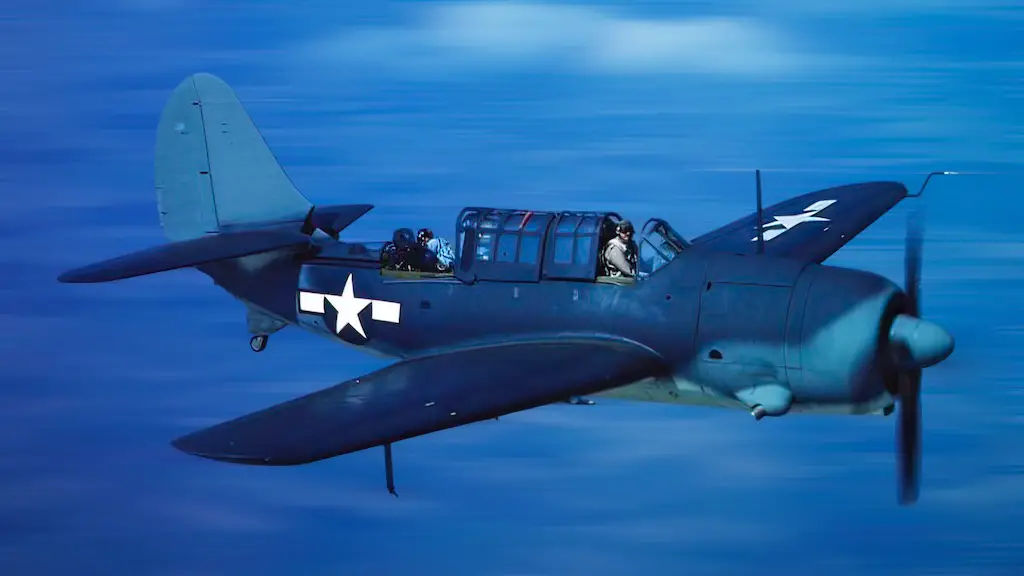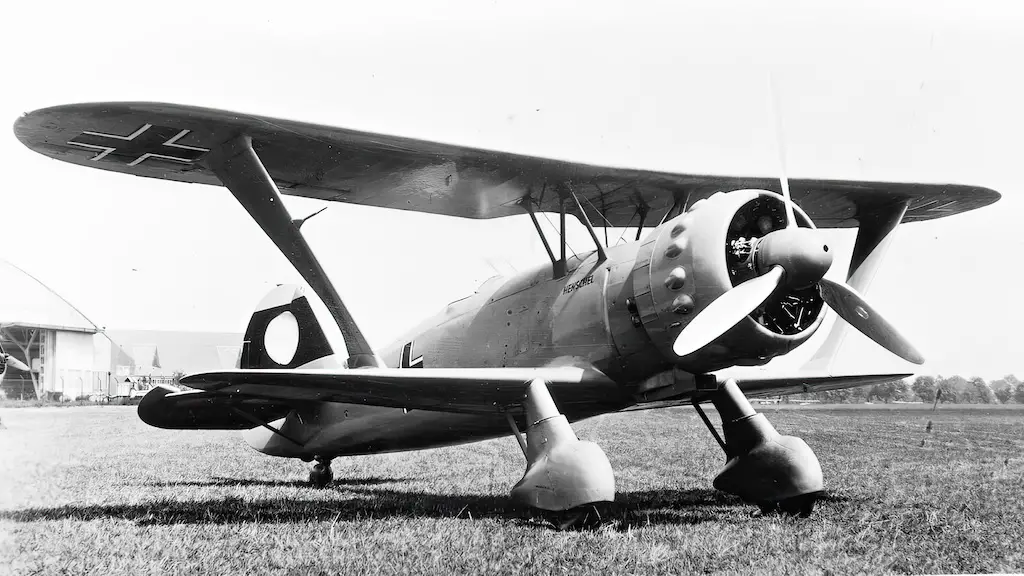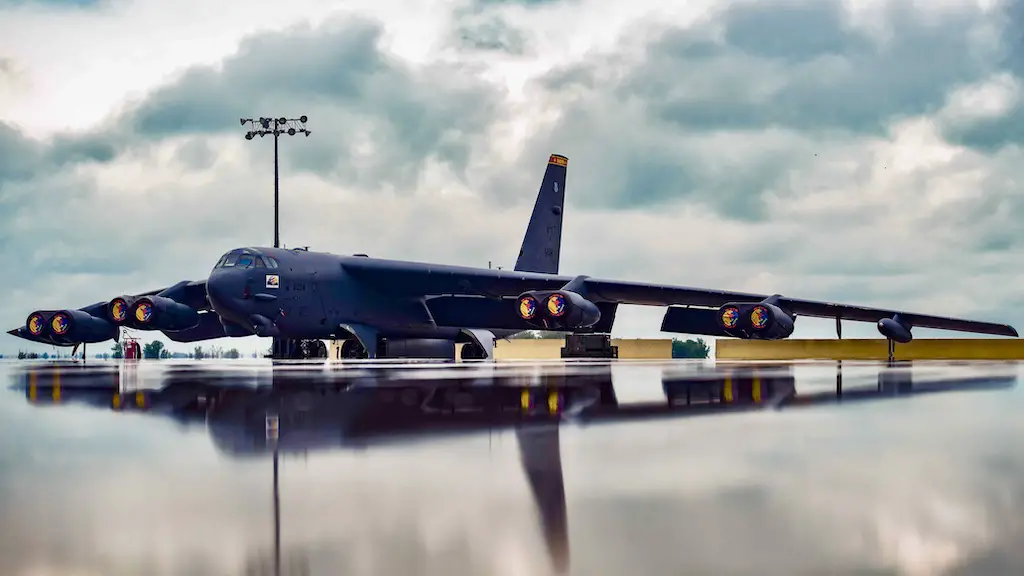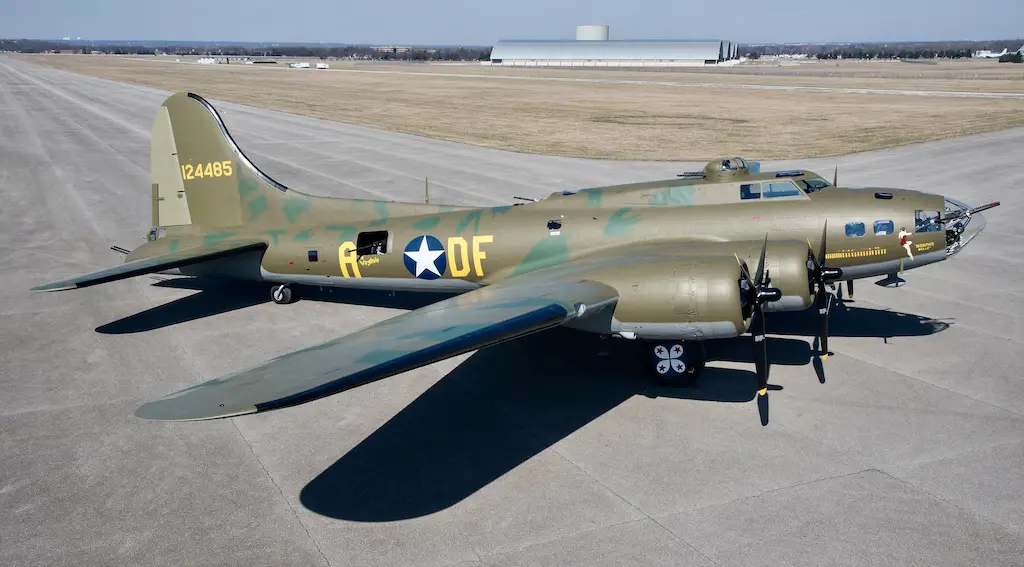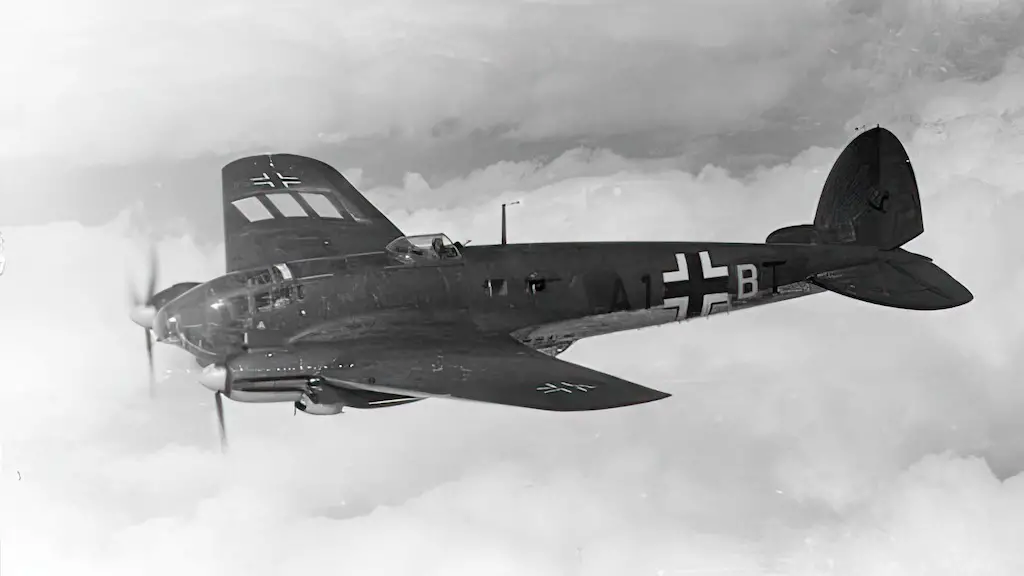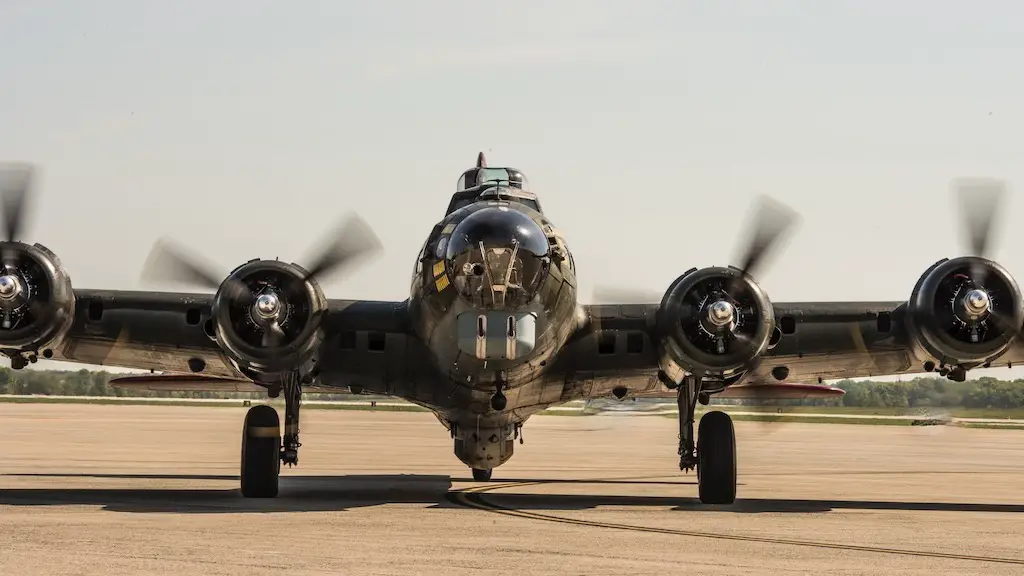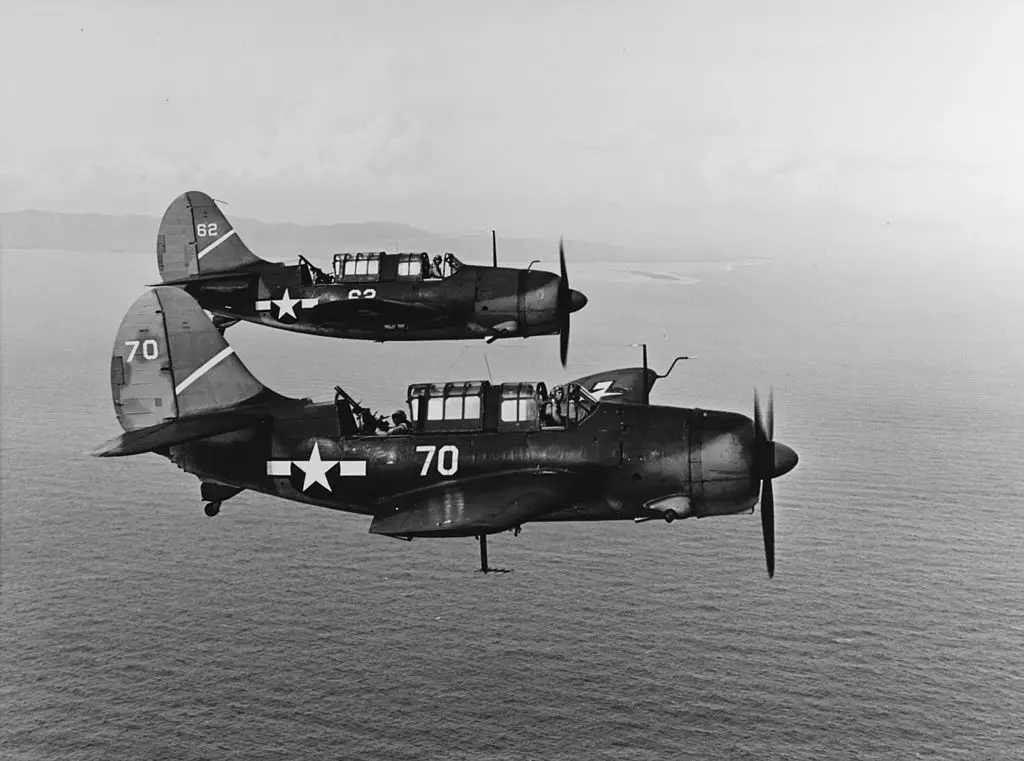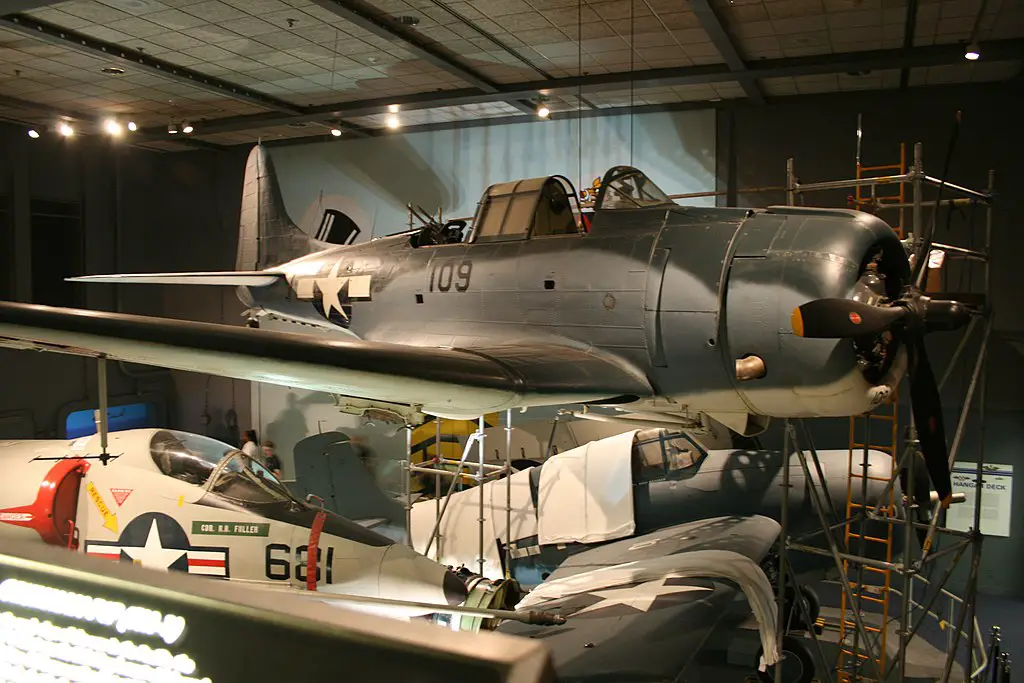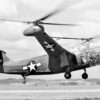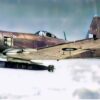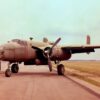The Curtiss SB2C Helldiver emerged as a crucial dive bomber during World War II, serving as a replacement for its predecessor, the Douglas SBD Dauntless. Despite a challenging development phase, the Helldiver proved to be a formidable aircraft, playing a significant role in various pivotal moments of the war.
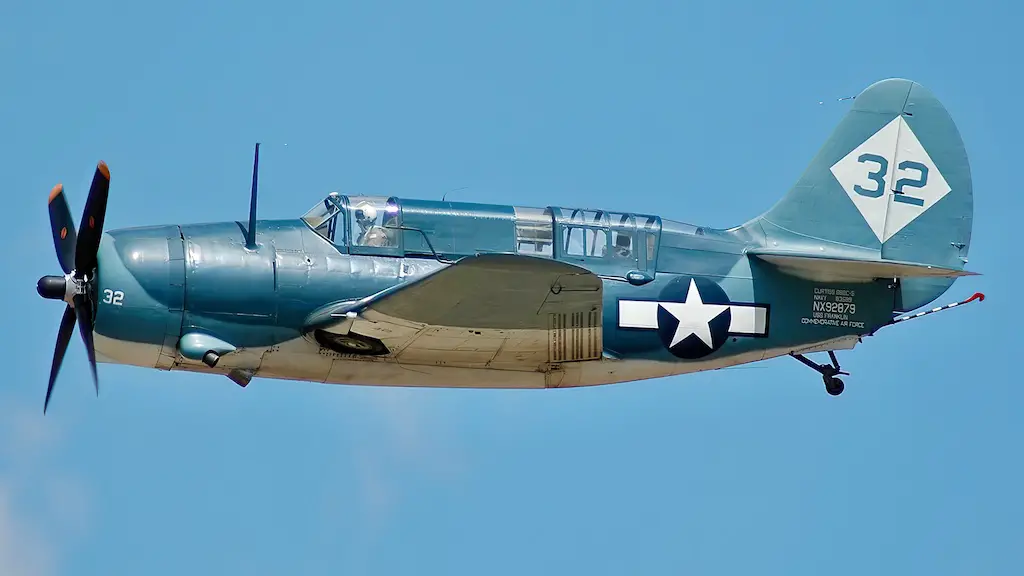
Design and Development
The development of the Curtiss SB2C Helldiver began in the late 1930s when the U.S. Navy sought a successor to the aging SBD Dauntless. Curtiss-Wright Corporation won the contract, and the Helldiver was born. Its design featured a more powerful engine, increased firepower, and enhanced armor protection compared to its predecessor. However, early prototypes faced significant issues with stability and control, leading to a lengthy and arduous development process that delayed its deployment.
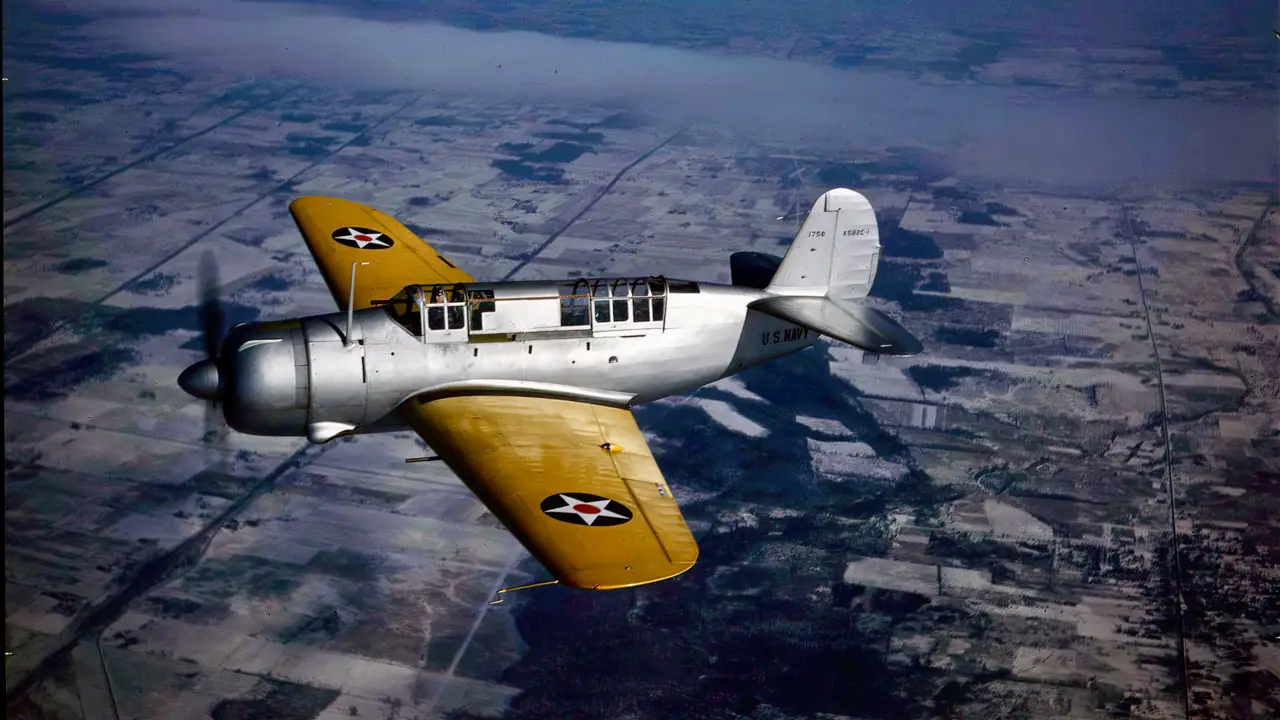
Performance and Capabilities
Once the initial design challenges were overcome, the Curtiss SB2C Helldiver proved to be a capable and versatile aircraft. Powered by a 1,900-horsepower engine, it achieved a top speed of over 300 mph. The Helldiver boasted a range of 1,200 miles, allowing it to reach targets deep within enemy territory. Its armament consisted of two 20mm cannons in the wings, two 0.50 caliber machine guns in the rear turret, and an internal bomb bay capable of carrying up to 2,000 pounds of bombs.
Operational History
The Helldivers combat debut occurred in November 1943 during the invasion of the Gilbert Islands. It quickly proved its worth, delivering accurate dive bombing attacks on enemy targets and providing vital close air support to ground forces. The Helldivers effectiveness was further demonstrated in subsequent campaigns, including the Marshall Islands, Marianas, and the Battle of Leyte Gulf.
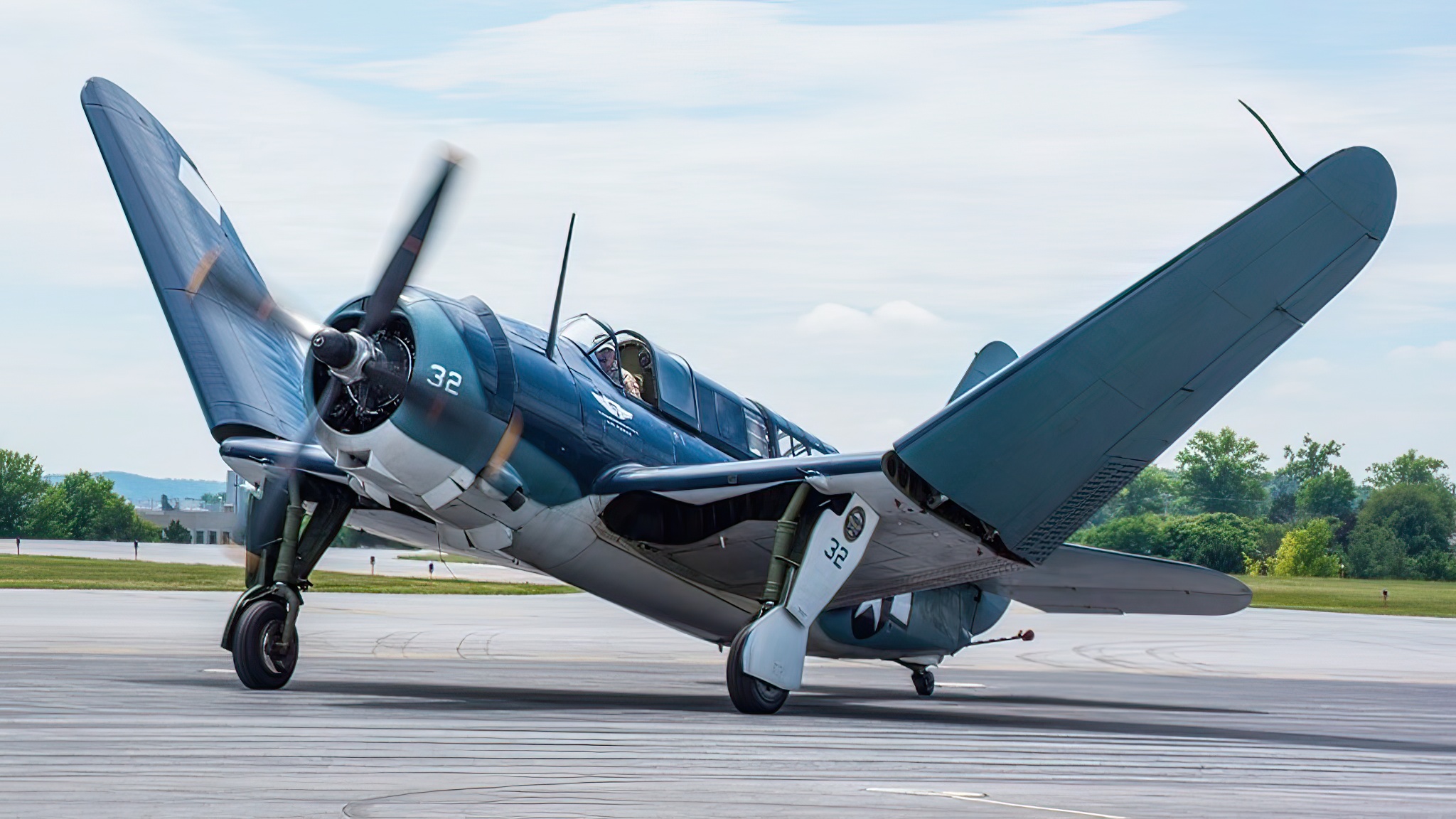
One of the most notable missions undertaken by Helldivers was during the Battle of the Philippine Sea in June 1944. Operating from aircraft carriers, Helldivers played a significant role in the destruction of Japanese carrier aircraft, helping to secure a decisive victory for the Allied forces.
The Helldiver also saw action in the Pacific theater against well-fortified Japanese positions, where its heavy bomb load and accurate dive-bombing capabilities were instrumental in neutralizing enemy defenses. Despite its initial challenges, the Curtiss SB2C Helldiver became an integral part of the U.S. Navy’s air power and contributed to the eventual victory in the Pacific.
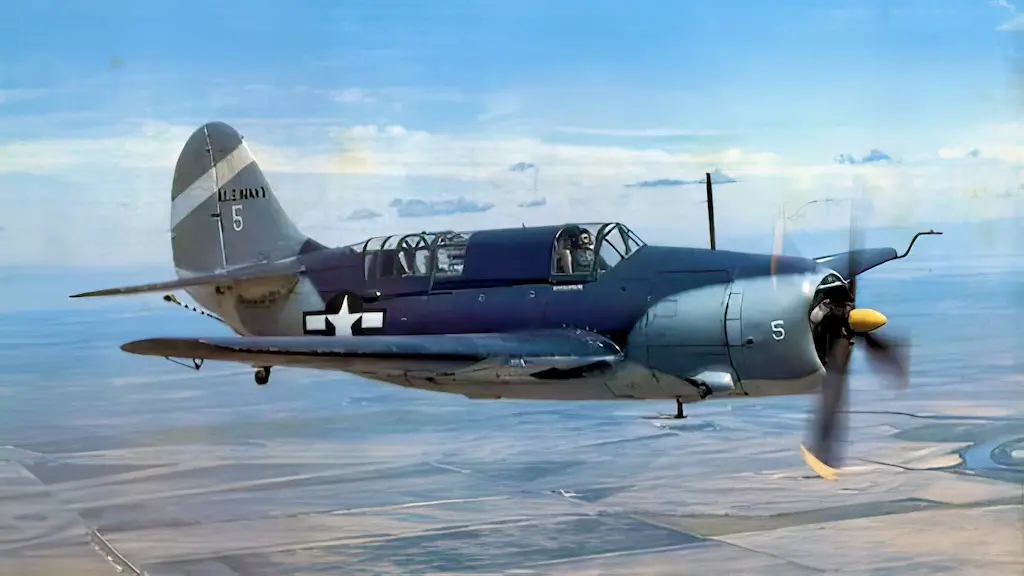
Legacy
After World War II, the Curtiss SB2C Helldiver continued to serve in various naval air forces worldwide. It played a prominent role in the Korean War, providing close air support to ground troops. The Helldivers combat record and its contributions to the Allied victory firmly established its place in aviation history.
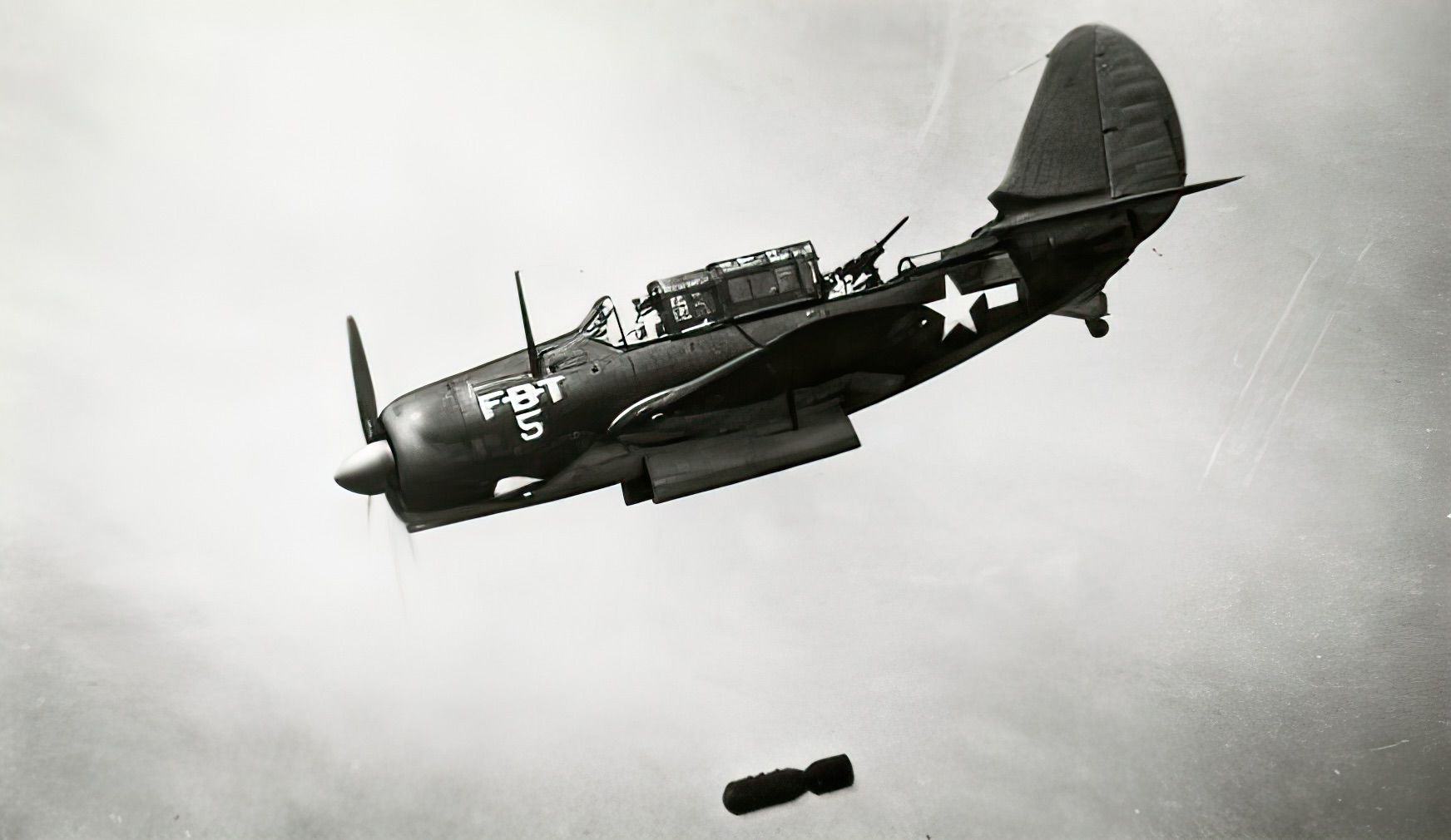
While the Helldiver faced a troubled development phase, it ultimately became a reliable and effective dive bomber. Its superior performance, range, and firepower solidified its reputation as a key asset for the U.S. Navy during World War II. The Curtiss SB2C Helldiver remains an enduring symbol of American air power, highlighting the resilience and adaptability of aircraft manufacturers and the bravery of the pilots who flew them.

